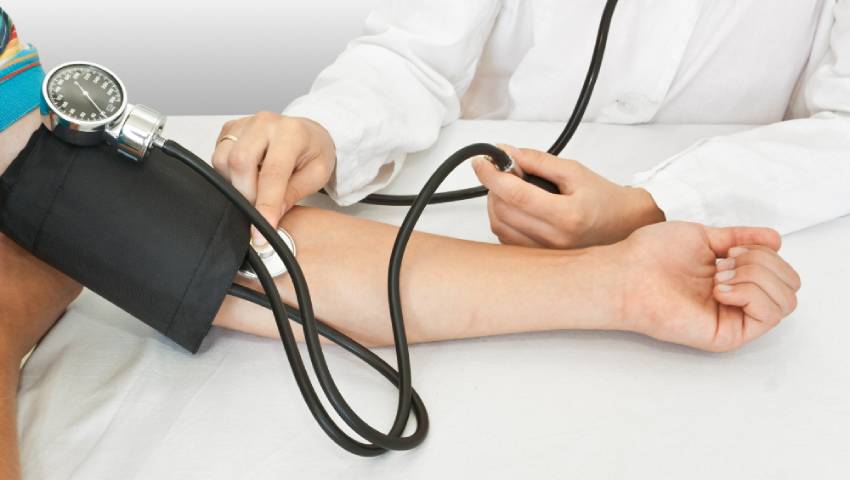We know that Regular blood pressure monitoring is very important for the hypertension problem suffering people. When we measure the blood pressure at the clinic by a medical professional or at home manually then we must take care that our blood pressure measuring procedure is correct or wrong. Many patients are not aware of it. Dr. Kartik Bhosale best cardiologist in Pune has guided each hypertension patient on how to measure blood pressure correctly. Because of the result of blood pressure doctors should recommend medication for the patients, so everyone should be aware of the right procedure. In this Blog post, Dr. Kartik Bhosale shares some tips to measure blood pressure accurately. before the tips first we take an overview of what is blood pressure.
What Is Blood Pressure?
Blood pressure is like the pressure inside your blood vessels when your heart pumps blood around your body. We measure it in millimetres of mercury( mmHg) using two numbers systolic pressure( when your heart beats) and diastolic pressure( when your heart rests between beats). Normal blood pressure is generally around 120/80 mmHg, but what’s ideal can vary depending on your age, health, and life. Having high blood pressure( hypertension) can up your chances of serious health issues like heart complaints, stroke, and other problems.
7 Tips to Measure Your Blood Pressure Accurately:
- Preparation is Key: Before measuring your blood pressure, take many moments to rest. Sit calmly and relax for at least 5 minutes, refraining from any vigorous conditioning like exercise or consuming substances like caffeine or tobacco for at least 30 twinkles previous to dimension.
- Optimal Positioning: According to Dr Kartik Bhosale, it’s pivotal to sit in a comfortable president with your back well-supported and your bases flat on the Floor. This position helps maintain stability and accuracy during the measurement process. Place your arm on a flat face, similar to a table, with your win facing overhead. ensure your arm is at a heart position to help with any deformation in readings.
- Select the Right Cuff Size: Dr Kartik Bhosale advises using a blood pressure cuff that fits your arm properly. The cuff should cover about 80 of your upper arm’s circumference, neither too tight nor too loose, to ensure accurate readings.
- Proper Cuff Placement: Position the cuff on your bare upper arm, roughly one inch above your elbow. The nethermost edge of the cuff should align with the midpoint of your upper arm, about 1- 2 elevation above the bend of your elbow.
- Maintain Stillness and Quiet: During the blood pressure measurement, avoid any unnecessary movements, talking, or crossing your legs. Keep your arm relaxed and ensure it remains at heart level throughout the process.
- Take Multiple Readings for Accuracy: To enhance accuracy, take two or three consecutive readings with a gap of 1-2 minutes between each reading. Average these readings to obtain a more reliable blood pressure measurement.
- Record and Share Data: Keep a record of your blood pressure measures, noting the date and time of each reading. Partake this data with Dr. Kartik Bhosale or your healthcare provider during check-ups for comprehensive monitoring and effective operation of your blood pressure.







